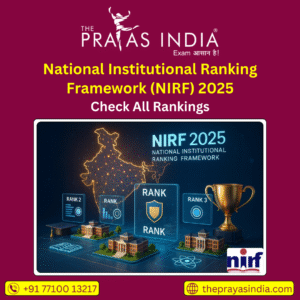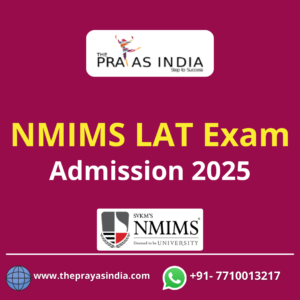C. P. Radhakrishnan Sworn In as India’s 15th Vice President
Introduction
C. P. Radhakrishnan officially took oath as India’s 15th Vice President, assuming charge at a prestigious ceremony held at Rashtrapati Bhavan. This moment marks an important milestone in the country’s constitutional and parliamentary journey, reflecting both continuity and change in national leadership.
The Oath Ceremony
The swearing-in ceremony was administered by President Droupadi Murmu in the presence of prominent leaders, including Prime Minister Narendra Modi, former Presidents, former Vice Presidents, cabinet ministers, and dignitaries from across political parties. After taking the oath, C. P. Radhakrishnan participated in ceremonial tributes, honoring Mahatma Gandhi at Rajghat and visiting memorials of notable leaders.
Election and Result Highlights
C. P. Radhakrishnan emerged victorious in the Vice Presidential election conducted on September 9, 2025. As the National Democratic Alliance (NDA) nominee, he secured 452 votes, defeating Opposition candidate and former Supreme Court Judge B. Sudershan Reddy, who received 300 votes. The election saw a high turnout among Members of Parliament, reaffirming robust democratic values.
The Election Process of the Vice President of India
The Vice President of India is elected through an indirect election by an Electoral College consisting of all members of both Houses of Parliament—the Lok Sabha and the Rajya Sabha—including both elected and nominated members. It is important to note that members of the State Legislative Assemblies do not participate in this election.
The election employs the system of proportional representation using the single transferable vote method, ensuring balanced representation. Voting is conducted by secret ballot to maintain confidentiality and fairness throughout the process.
To be eligible as a candidate, the following criteria must be met:
- The candidate must be a citizen of India.
- Must have completed at least 35 years of age.
- Must be qualified to be elected as a member of the Rajya Sabha.
- Must not hold any office of profit under the Government of India or any State government.
For nomination, a candidate must be supported by:
- At least 20 members of Parliament as proposers.
- At least 20 other members of Parliament as seconders.
- Additionally, the candidate is required to deposit a security fee as a part of the nomination process.
During the counting of votes, a candidate must secure more than half of the valid votes cast to be declared elected. If no candidate achieves this majority on the first count, the candidate with the lowest number of votes is eliminated. The votes of that candidate are then transferred to the next preferred candidate according to the voters’ ranked preferences. This process continues through multiple rounds until a candidate obtains the necessary majority.
The entire election process is supervised and conducted by the Election Commission of India, which ensures that the election is carried out in a timely, transparent, and impartial manner. If a vacancy occurs due to resignation, death, or removal, the election is held as soon as possible to fill the position without delay.
Profile of C. P. Radhakrishnan
Hailing from Tiruppur, Tamil Nadu, Chandrapuram Ponnusamy Radhakrishnan began his career as a student leader and was actively engaged in socio-political organizations. He was twice elected to the Lok Sabha from Coimbatore and has previously served as Governor in multiple states, including Maharashtra, Jharkhand, and Telangana. Known for his integrity and visionary leadership, Radhakrishnan also has roots in agriculture and industry.
Constitutional Significance
As Vice President, C. P. Radhakrishnan takes on the role of Chairman of the Rajya Sabha, steering key discussions and legislation in India’s Upper House. The office stands as the second highest constitutional post in the country and is pivotal for parliamentary functioning and safeguarding democratic institutions.
Conclusion
C. P. Radhakrishnan’s swearing-in as the 15th Vice President of India highlights a renewed commitment to constitutional values, parliamentary leadership, and political service. His wide-ranging experience and public trust are expected to shape the future of India’s democratic discourse.








